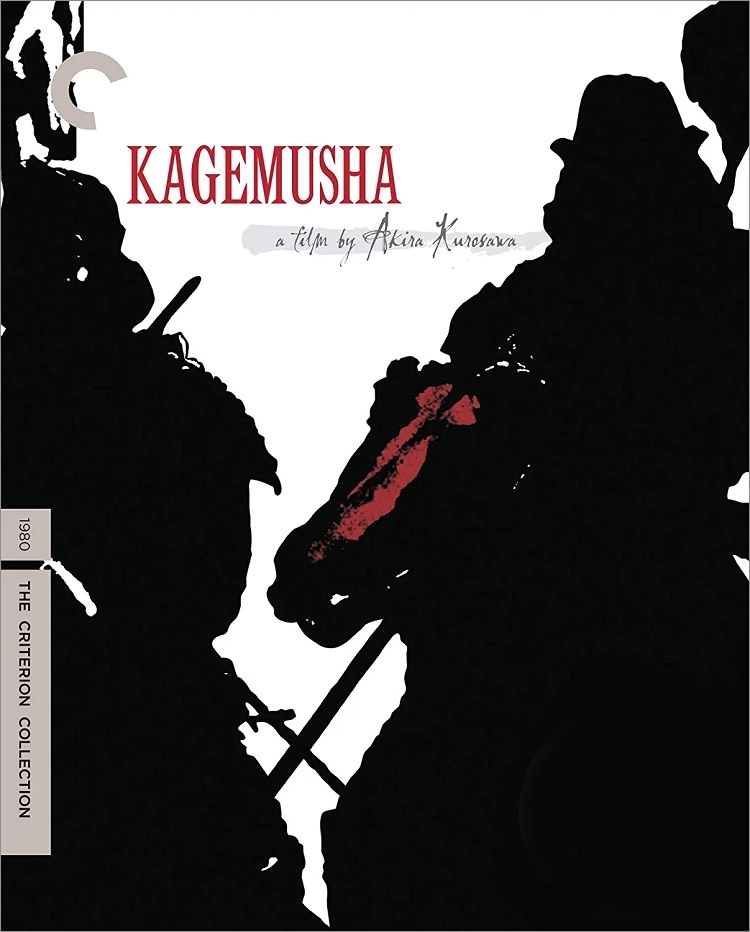
From his debut as a director with Sanshiro Sugata (1943) through to Red Beard (1965), director Akira Kurosawa averaged releasing one film a year. That’s an impressive run even before taking into account how many were widely acclaimed the world over. However, Kurosawa began to have trouble raising money for projects with Japanese studios. He headed to the United States but didn’t complete a film. The winter weather derailed his attempt to shoot The Runaway Train and then, according to Donald Richie’s account in The Films of Akira Kurosawa, he got himself fired from Tora! Tora! Tora! likely due to clashes with 20th Century Fox executives.
Kurosawa returned to Japan and formed a production company with directors Kon Ichikawa, Keisuke Kinoshita, and Masaki Kobayashi. Each member was supposed to make a film, but the first, Kurosawa’s Dodesukaden (1970), failed at the box office and the group ultimately disbanded. Kurosawa then made Dersu Uzala (1975), mostly financed by the Soviet Union. In 1978, Kurosawa returned to America and with the help of filmmakers George Lucas and Francis Ford Coppola got 20th Century Fox to co-finance Kagemusha (1980). The film, whose title translates as “Shadow Warrior,” is similar to a Shakespearean historical play as it presents the downfall of the Takeda clan, which culminated at the Battle of Nagashino in April 1975.
Kagemusha opens two years earlier with three identical-looking men seated in a low-lit room. Takeda Nobukado introduces his brother Takeda Shingen, a powerful warlord, to a thief spared from execution because of his likeness to Shingen. Both men agree the thief would make a good double with training. Shortly after being wounded by an enemy sniper, Shingen dies, but he left two standing orders: the news of his death must be kept for three years and his men should guard their domain and never move from it.
Keeping up the ruse proves very difficult. The patience of Shingen’s counselors is tested by the thief’s behavior; enemy warlords Tokugawa Ieyasu and Oda Nobunaga have sent spies to learn of Shingen’s fate; and Shingen’s son, Katsuyori, is severely disappointed he was passed over as heir to the Takeda clan for his young son Takemaru. The sin of pride becomes a common theme with many of the characters.
Kagemusha looks outstanding in 1080p with an aspect ratio of 1.85:1 in part because Kurosawa is such a master at creating images. The film has many vivid, memorable scenes, like the dream sequence, and the battle sequences are brilliantly choreographed. With so many extras used as soldiers, the scope of the epic has authenticity. There’s a lot of grain in the image, but thankfully no DNR was used, allowing the ornate details of the costumes to be clearly seen. I saw no flaws in the picture.
The cinematography is exquisite, likely due in part to the paintings Kurosawa created for the film as he awaited the green light. Although only his third color film, he makes great use of it. Filled with a lot of pageantry, Shingen’s armies outfitted in reds, greens, and purples standout amongst the blue sky and green fields, and a different hue of red is used for blood. The blacks come up slightly short in richness.
The audio is presented in DTS-HD Master Audio 4.0. Shinichiro Ikebe’s score pumps out the speakers and subwoofer right as the film begins. It sounds good but too clean, as if it was remastered at a louder level, causing it not to blend well in the mix with the softer Japanese dialogue. The effects are strong from the gunfire to flags rippling so hard in the wind they sound like roaring fire.
As with many Criterion discs, it is packed with special features. “Lucas, Coppola & Kurosawa” contain separate interviews from 2004 where the American directors discuss their involvement in Kagemusha‘s creation. Forty minutes of the film’s making is presented from the Toho miniseries Akira Kurosawa: It Is Wonderful To Create. “Image: Kurosawa’s Continuity” shows the work of Masayuki Yui (Ieyasu) who took Kurosawa’s storyboard drawings and paintings and matched them with audio to create an abridged version of the story. “A Vision Realized” is a gallery that compares over 20 storyboards with scenes from the film. Five Suntory Whiskey commercials, ranging from 30 seconds to a minute, show Kurosawa on the Kagemusha set. Coppola appears in two of them.
To learn more about the film, the commentary track by Stephen Prince, author of The Warrior’s Camera: The Cinema of Akira Kurosawa is informative, covering themes and ideas in Kurosawa work’s, and the accuracy of the historical events. The most beneficial element is for those who have seen the film before: Prince points out 20 minutes cut from the original Japanese version.
Kagemusha is one of the latter gems from Kurosawa’s career and this Blu-ray edition is a great way to appreciate it.